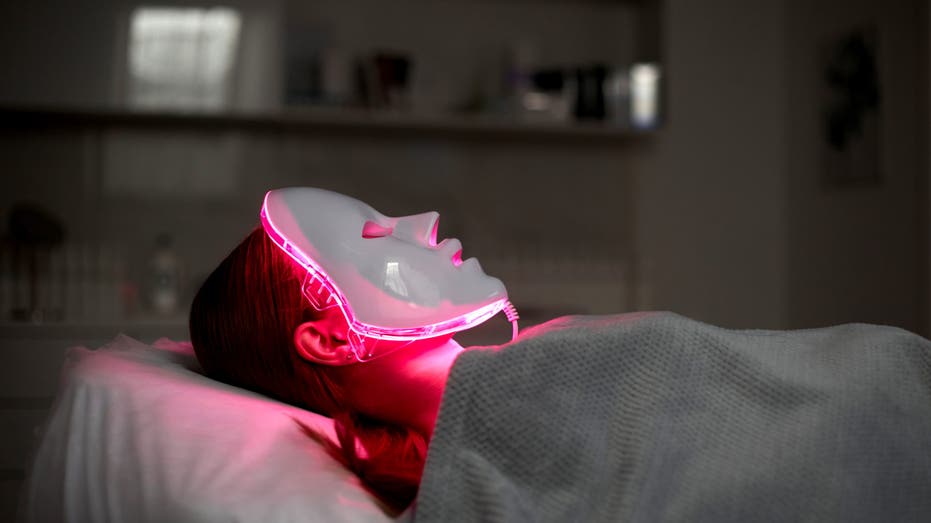Can Red Light Therapy Improve Your Skin? Dermatologists Share Benefits and Tips

Sarah Johnson
March 3, 2025
Brief
Red light therapy is trending for its skin benefits like acne treatment and anti-aging, but dermatologists advise caution and professional guidance as more research is needed.
The buzz around red light therapy is lighting up social media feeds, with influencers flaunting its home-use devices and claiming impressive skin benefits. But does this trendy treatment actually deliver results?
According to some studies, red light therapy shows promise, but dermatologists caution that more research is needed to fully back up the claims.
Red light therapy uses visible and near-infrared light to target skin concerns, explained Dr. Chris G. Adigun, a dermatologist at Dermatology & Laser Center of Chapel Hill. The treatment typically involves LED devices that emit specific wavelengths of light. Adigun described how these wavelengths stimulate components that improve skin quality while reducing those that degrade it. "It’s particularly useful for treating acne and skin rejuvenation, making it popular among a wide age range," she added.
Red light therapy also boasts anti-inflammatory and calming properties, noted Dr. Lauren Fine, medical director of Fine Dermatology in Chicago. On top of that, it offers "pro-aging" benefits like collagen stimulation, reducing wrinkles, and enhancing overall skin quality. And here’s a bonus: there’s no downtime required after use.
With its rising popularity on social media, at-home skincare devices like red light therapy units are becoming a hit. Dr. Fine mentioned that while the risks are "very little" for most users, some medications—like certain antibiotics and antihistamines—can make skin photosensitive, leading to unusual reactions to light. Individuals sensitive to heat-related skin changes might also need to steer clear of this treatment.
For those ready to give it a go, experts emphasized the importance of following the device’s instructions for optimal results. Dr. Adigun highlighted that proximity and exposure time are critical: the closer the device is to the skin and the longer the session (at least 10 minutes daily), the better the outcomes. But let’s be honest—committing to that daily ritual might not be realistic for everyone.
As always, dermatologists recommend consulting with a professional before diving into at-home red light therapy. Proper guidance can help ensure safety and effectiveness.
Topics
Editor's Comments
Red light therapy sounds like the skincare world’s latest darling, but let’s not forget the golden rule: if it seems too good to be true, it probably needs more studies to back it up. Also, the idea of sitting still for 10 minutes every single day feels like a bigger commitment than most of us can handle—maybe they should market these devices as a chance to practice mindfulness too!
Like this article? Share it with your friends!
If you find this article interesting, feel free to share it with your friends!
Thank you for your support! Sharing is the greatest encouragement for us.



